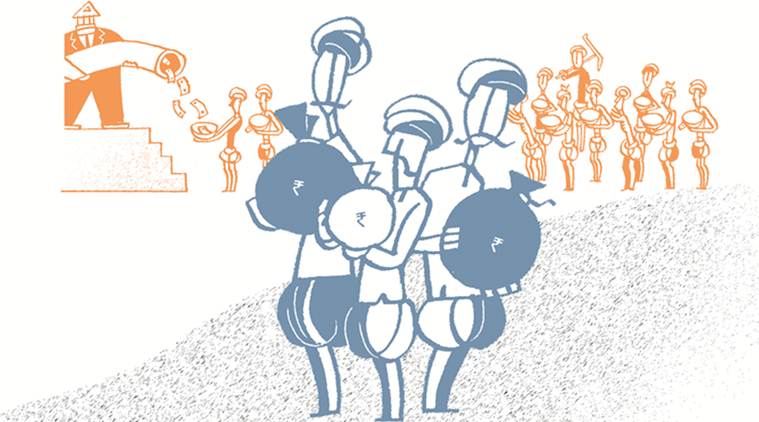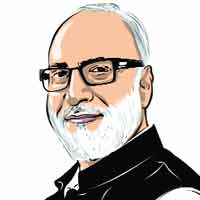An answer to rural distress
An income transfer policy combined with direct cash transfer is the best way to help the farmer

Losses in the recent elections to the assemblies of Chhattisgarh, Madhya Pradesh and Rajasthan have given the BJP a jolt. The party had misjudged the gravity of the farm distress problem till then: The Union agriculture minister described farmer agitations as “political drama”. However, the party not only acknowledges the crisis today but is also looking for ways to address farmers’ issues.
The most pressing problems facing the Indian farmer are the persistently low market prices. From onions to potatoes and pulses to oilseeds, prices of most crops are much below expectations and normal trends. Ideally, the solution lies in holistic and broad-based agri-market reforms. The stranglehold of the Agricultural Produce Marketing Committees (APMC) needs to be broken, the Essential Commodities Act (ECA of 1955) requires reforms, the negotiable warehouse receipt (NWR) system has to be scaled up, value-chains — based on the Amul model — are needed for most crops, land laws need to be less restrictive, contract farming should be promoted and agri-exports are in need of a conducive environment to grow. The prime minister has initiated reforms in some of these areas; they need to be broadened before they can deliver. However, these reforms entail a long gestation period and with the Lok Sabha elections barely four months away, demands for quick-fix solutions are increasing.
Three significant solutions have been doing the rounds: Higher minimum support prices (MSPs), loan waivers, and direct income/investment support. In this article, we evaluate the three to identify one that can be a winner, both politically and economically. For political acceptance, we evaluate the scheme for its reach among the targeted beneficiaries, the farmers, and, for economic viability, we compare costs and benefits.
Congress President Rahul Gandhi promised higher MSP for paddy (Rs 2,500 per quintal) in Chhattisgarh and loan waivers in the three states where his party emerged victorious. He is quite likely to take this model to the Lok Sabha elections. Similar promises by Prime Minister Narendra Modi during campaigning for the UP assembly elections in 2017 led to gains for the BJP. The PM promised a loan waiver and higher MSPs for 23 commodities. There was a difference, however, in the MSP increase formula offered by the two parties. While the Congress promised an MSP increase of 50 per cent over C2 that is, the comprehensive cost, PM Modi promised the same increase over A2+FL, that is the paid-out costs plus family labour. It may be noted that C2 is about 38 per cent higher than A2+FL.







































No hay comentarios:
Publicar un comentario